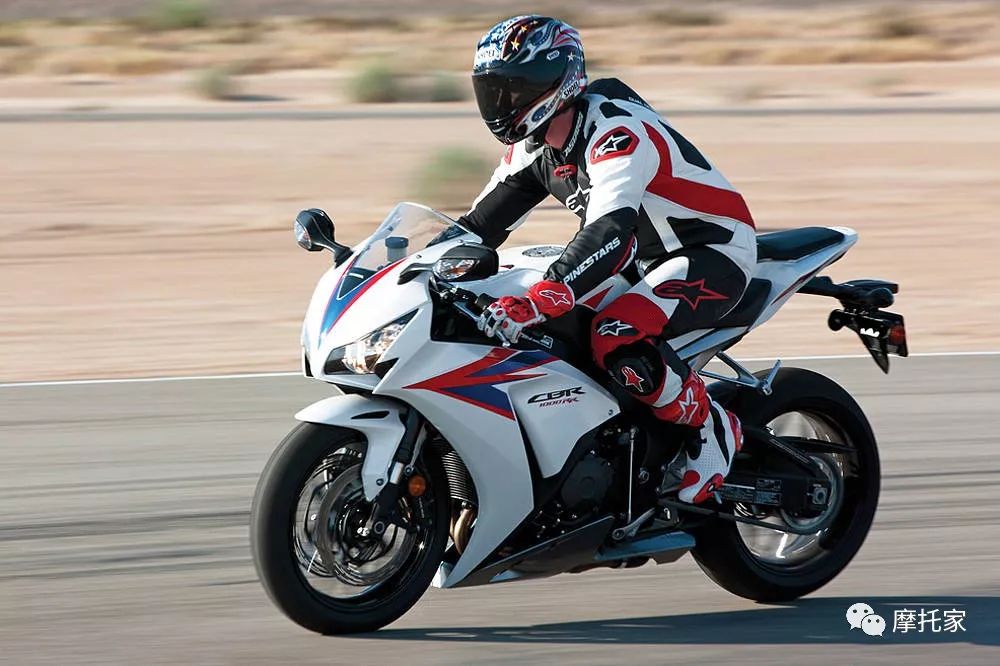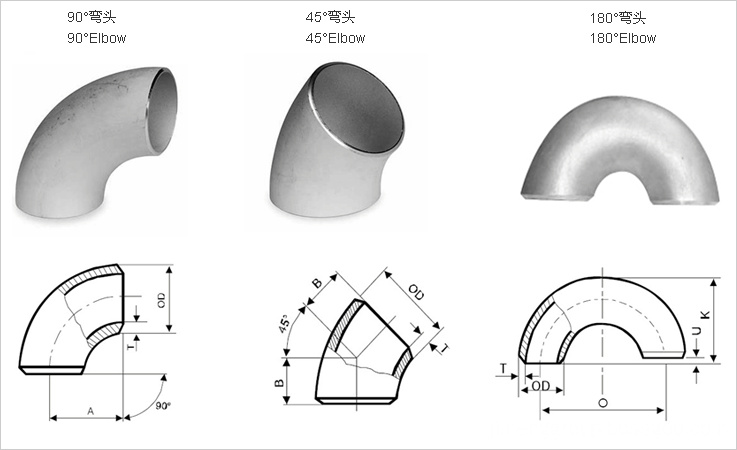Should the rear brakes be used, when, and how? It has always been a puzzle that has troubled many knights. From the beginning of cycling to the present, you may have heard some of the opinions of the riders, the different discourses of the magazines, the vastly different opinions on the Internet, and which ones to follow and follow.

Let me first talk about what the author has heard about the use of the rear brakes:
1. In the high school era, when I came into contact with the first car, the boss said when he delivered the car: This car is very strong. There are two discs in front. You can use it after you drive. If I ride, it will only With the file smashed, riding to the bus station never brightens the lights.
2. When you are in contact with the Internet at the university, you can see another way of saying: When decelerating, press the button and then press the front button, and say that the purpose is to wait for the center of gravity to shift to the front wheel.
3. Later, I saw some documents about safe driving. The reference is about the ratio of front/back/squatting ratio of 7:3.
4. In addition, I have heard the experience of heavy car riders: Don't use the shackles, it's dangerous, step on it and lock it right away...

I believe that you have heard of the above four statements. In either case, it is hoped that the Cavaliers will be able to smoothly and safely decelerate (to stop) without locking any tires.
In other words, all the arguments are that the vehicle will be decelerated within the range of not exceeding the grip of the tire, because once the tire is locked, the vehicle will start to lie and lose balance. The original brake must be retrieved by relaxing the brakes. stability.

Judging from the design of all motorcycles, the front and rear are small, indicating that the front wheels are the main source of deceleration. The reason is that when decelerating, the weight of the car originally carried by the rear wheel will gradually move to the front wheel, and even eventually to the front wheel completely, that is, the phenomenon of rear wheel floating. Therefore, the front brake is designed to allow the front wheel to withstand a large deceleration force, and then the brake is basically an auxiliary role.

When the gear is decelerated, the rear wheel will float
It means that it is completely driven by the front brake, and the front wheel is used to reduce the speed.
The reason why the cockroaches are easy to lock up
As described above, when the vehicle is braked, the weight of the rear wheel will be moved more and more forward, so the rear tire can withstand less and less braking force, and it is easy to exceed the limit and lock up.
The rear brake is controlled by the foot. Generally, the knight is easy to apply excessive force in an emergency, causing the rear wheel to lock up.
In general, the rear brakes of the vehicles are neglected, and the condition of the discs and the brakes causes the rear brakes to be easily locked at certain points.
For drumsticks commonly found in scooters, since the reaction force is non-linear, it is also easy to lock up due to operation.
When must I use the rear brake?
When manned. When the passenger is carried, the center of gravity of the whole vehicle moves a lot, which may cause the weight load to be transferred to the front wheels when the vehicle is braked. At this time, it is necessary to brake after the operation to achieve the purpose of even sharing and maximum deceleration.
When the current wheel grip is insufficient. If the front wheel has poor grip, it can't bear the weight of the whole car when you are in the car. Therefore, you must use the car after the car to achieve the maximum deceleration.

When carrying people, the weight of the passengers is almost pressed against the rear wheels, so the rear wheels must bear the deceleration
With the above concepts, I believe that everyone has a preliminary understanding of the relative roles of Qian Qian and Hou Yi. Next time, let's discuss the truth behind the four arguments mentioned above!
When talking about the rear brakes, the instructor immediately asked everyone: "Do you use the rear brakes?" "If you don't need to use them, wouldn't the car factory that cares about the cost not want to take it off?" From this way, the rear brakes are indeed There is a reason that must exist, perhaps for security reasons, and may help the Cavaliers to drive the vehicle, but in any case, we must determine the necessity of the presence and use of the rear brake. The next question left is: When should I use the rear brake to help ride? And what should I do after the car?
When should I use the rear brake to help ride?
According to the author's observation, when the Japanese instructor operates the continuous cone, the vehicle lights will light up near the pyramid. It is speculated that the instructor will continue to reduce the speed after the use of the car, so that the radius of gyration is smaller, and the other part is to rely on the strength of the rear car to maintain the stability of the vehicle. Furthermore, when the throttle is started to accelerate, the power of the sudden output can be reduced with the heel, so as not to cause the rear wheel to suddenly slip.

During the discussion, the instructor talked about the deceleration action at the bottom of the line: when entering the braking point and starting to decelerate, basically the previous braking is mainly to slow down, and the current braking is gradually released, and when it starts to dump into the corner, then It was started with a rear brake to help the vehicle dump into the bend. This idea is the same as above. When it is hoped that the brakes can help the vehicle enter the corner, maintaining a sense of stability.

How to operate after the car?
Many people are taught not to use the car after the car is easy to lock up, but the instructor directly told us that this is a problem with the knight's operation, whether it is the driver or the road knight to train their own operations, find out How to apply the appropriate power. Otherwise, in terms of road driving, if the front brakes fail, it is necessary to rely on the rear brakes to slow down, so it is not difficult to imagine the rider who has never used the brakes.

How do you find the right force? This is the author's own secret: I imagine that the right foot of the hi-hat is a heavy object, and it is firmly pressed on the brake lever to provide gravity instead of “stepping†on the foot. In some small bends, try to use the rear brakes to assist in the cornering. In this case, try to feel how much "heavy" still does not damage the tire's grip. Once you are familiar with it, you can use the right force to operate the rear brakes.
The operation of the rear brakes must also rely on the knights to experience, accumulate the experience of operation, can only provide a direction of thinking and tips on the essentials, I hope everyone rides safely, the technology is higher!
Elbows 90º long radius, butt weld fittings
ASTM A815 WPS32760 Long Radius Elbow
astm A815 / A815M Elbow,reducer, 180deg return, pipe fittings,cap, lap-joint stud end,straight tee, cross, end cap, bend pipe, return bend.
ELBOWS- 90 DEGREES LR ,45 DEGREES LR, 90 DEGREES SR, 45 DEGREES SR, 90 DEGREES LR RED ELBOW,
180 LR RET. BEND, 180 SR RET BEND,
TEES, RED TEES,
CONCENTRIC REDUCER, ECCENTRIC REDUCER,
CAP, ASME LAP JOINT STUB END LONG PATTERN, ASME LAP JOINT STUB END SHORT PATTERN,
MSS LAP JOINT STUB END TYPE A OR TYPE B OR TYPE C,
45 DEGREE LATERAL, CROSS, 45 DEGREES 3 D ELBOW, 90 DEGREES 3 D ELBOW, 45 DEGREES 6D ELBOW
2. Em ail------lily(at)tobo-group.com
3. thickness SCH 5S~XXS
Super Duplex stainless
ASTMA815 UNS S31803 S32750 S32760 S31254 S32205
Duplex stainless 2205 2507 254SMO
EN DIN 1.4462 1.4410 1.4501 1.4547
ASTM A 815 & ASME SA815, WP UNS S32550 (ALLOY 255 DUPLEX) FERRALIUM,
WP UNS S31803 (ALLOY 2205 DUPLEX) W OR S, UNS S32205 (ALLOY 2205+2 DUPLEX) W OR S
ASTM A 815 & ASME SA815, WP UNS S32750 (ALLOY 2507 SUPER DUPLEX),
WP UNS S32760 (ZERON 100 SUPER DUPLEX) W OR S
4. Standard ASME B16.9 MSS SP-43
5. Packing: case or tray
6. Delivery according to qty
7. Usage Petroleum, chemical, power, gas, metallurgy, shipbuilding, construction, etc
8. Accept the 3rd party to test (SGS BV TUV, etc)

Long Radius Elbow
Degree Long Radius Elbow, Long Radius 90 Degree Bend, 90 Degree Steel Pipe Elbow
Hebei Jimeng Highstrength Flange-tubes Group Co.,Ltd. , https://www.jimengflange.com